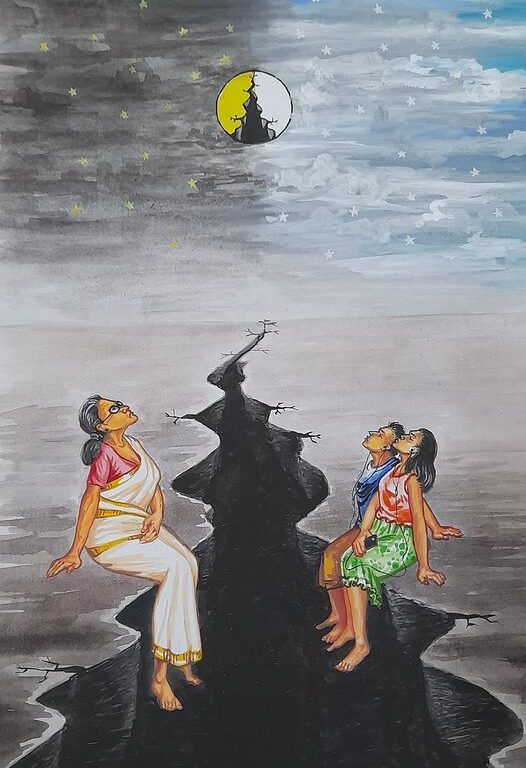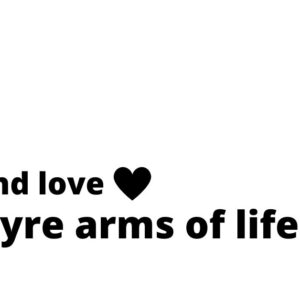Sociologists use nomenclature to refer to different generational segments. For example, members of Gen Z, born between 1996 and 2012, are called “digital natives” because they have lived with digital technology their entire lives. Older generational members are termed “digital immigrants” and tend to be less comfortable with the personal usage of technologies.
I usually call the generations “pre-Google and post-Google. Essentially they are the “digital immigrants” and “digital natives” respectively. The mechanisms of connection to the world are thus stratified with age groups, which are different and hence the same world mean different for the categories. Change shows fundamental and in-depth transformation, profound reordering with a strong and widespread impact in the last two decades. The gap in these worlds, between the groups, are widening since the readiness to learn, expertise to handle and mind-set to accept technologies (ie. the connect-mechanisms) of seeing, experiencing and feeling the world, is different in the different age groups.
They may not see the same things. Its fair enough. As already the truth exists as ‘we see things as we are, not as they are’. Added to this comes the technologies leading us yet to another Alice’s wonder world, “the virtual world” which makes things more complicated to feel and experience the similarities of objects, events or people! The millennial tectonic shift is unique in this manner.
“Generation gap (Ggap)” was ever-present since humans have started living in this planet. Ggap is a difference of opinions between one generation and another regarding beliefs, politics, or values. In today’s usage, generation gap often refers to a perceived gap between younger people and their parents or grandparents. However few Ggaps in the human history were wider for some periods, which depended on the adoption time of milestones of changes happening during the period (like the domestication period, agricultural revolution period, science evolving era, industrial revolution periods).
We now witness an unprecedented fast Ggap in this millennium, I call it as the tectonic shift – abrupt, profound and impactful. The tectonic shift of the present millennium sees a generation gap, probably, the human civilisation has not experienced before. The world today have people with a mix of pre- and post- Google Generation mix – all living in the same internet age – being faster and instantly connected with information, people, events and places. Those born before 1990 are part of a history witnessing, the tremendous shift in the way people approached life thirty years back, and in this millennium. The reason is the technologies-of-connect, which has made us more a techno sapien in the last two decades.
Those born after 1990, may not feel that drastic changes, being babies born and easily adapted to the already existing ever-changed technology age. Today we talk, see, feel, share, inspire, care, eat, sleep, bank, buy, treat, learn, teach…all with technology of connect: internet, applied through computers and smart phones. It has given rise to a “virtual world” with which we spend more time, and the real world time getting more disconnected!
This tectonic shift should be understood as an opportunity of co-learning by the pre-Google generation. There is a technology-created Generation gap. Considering the fastness of change of innovations and increased dependency on these (like Artificial Intelligence applied in every prospective sector, machine learning) the life styles, culture and values are also changing. Co-learning is the key to move forward.



